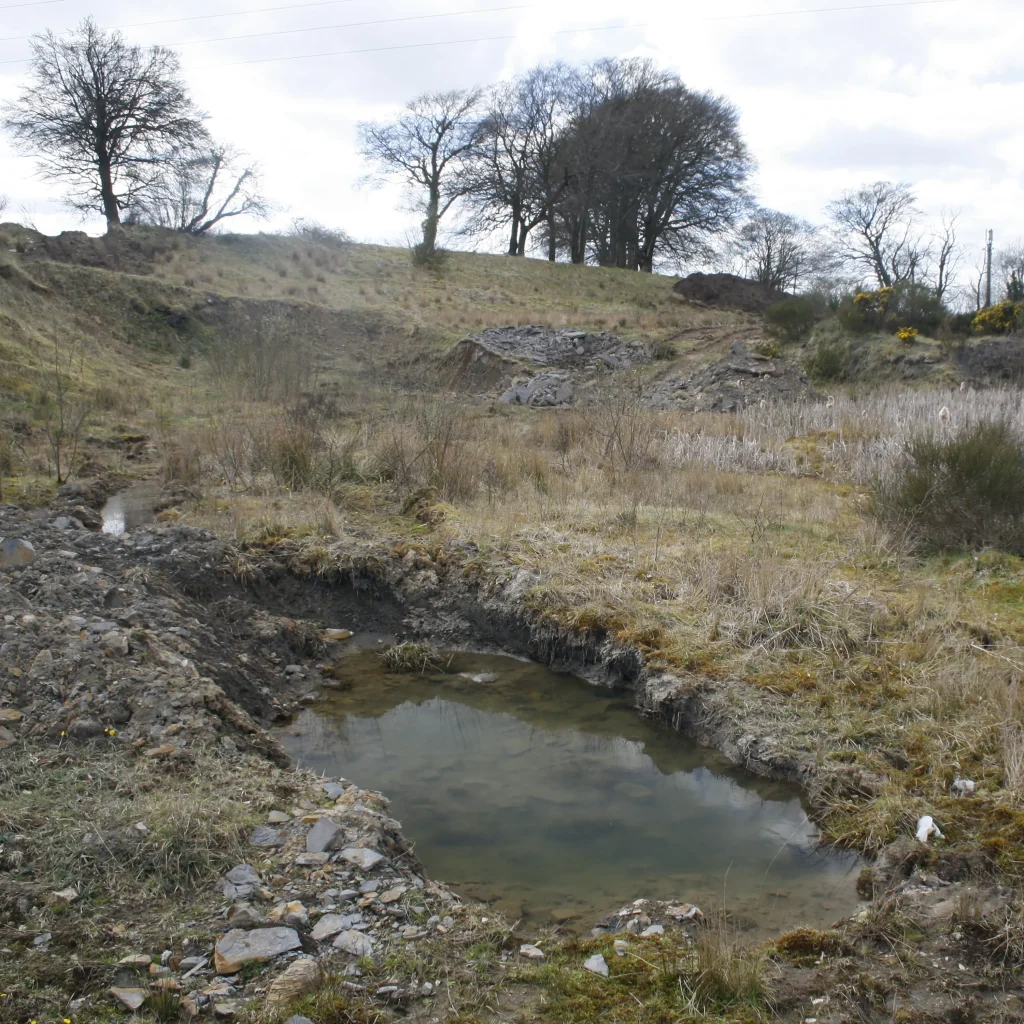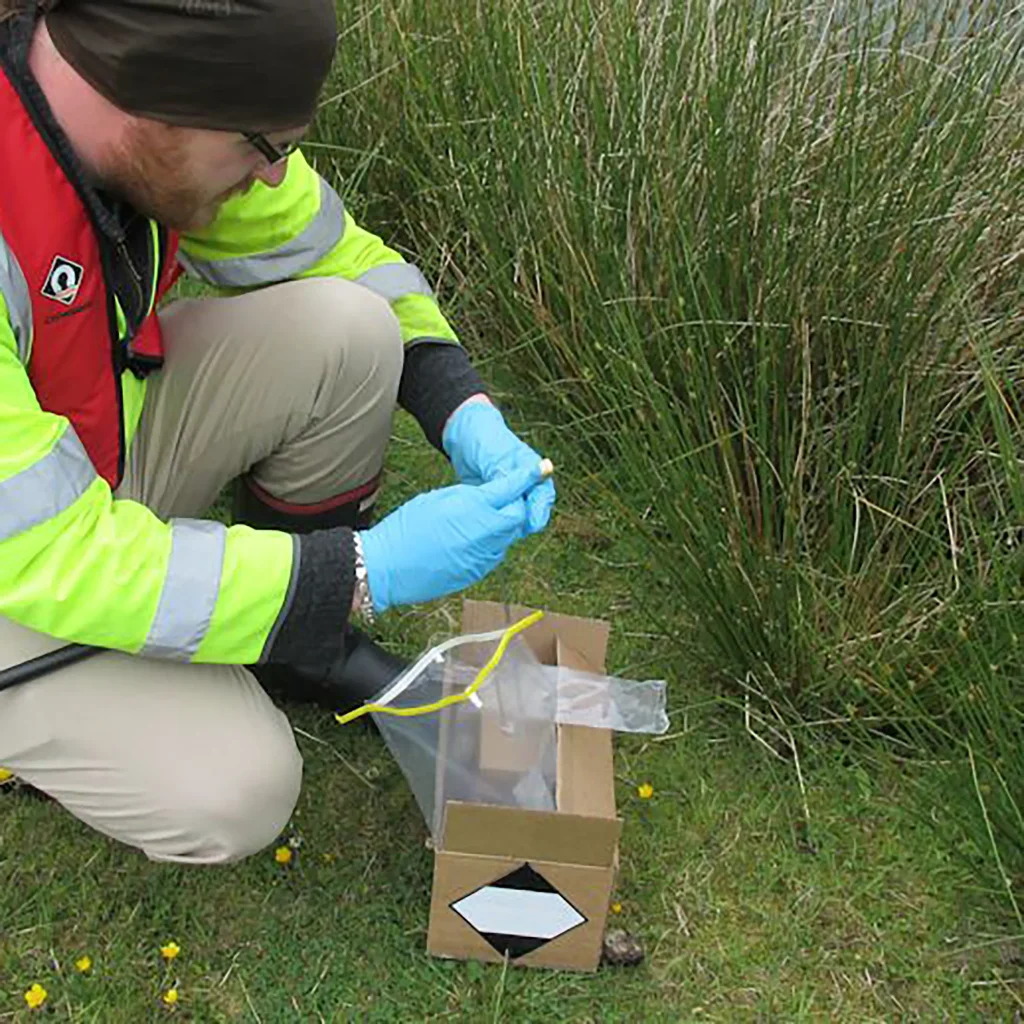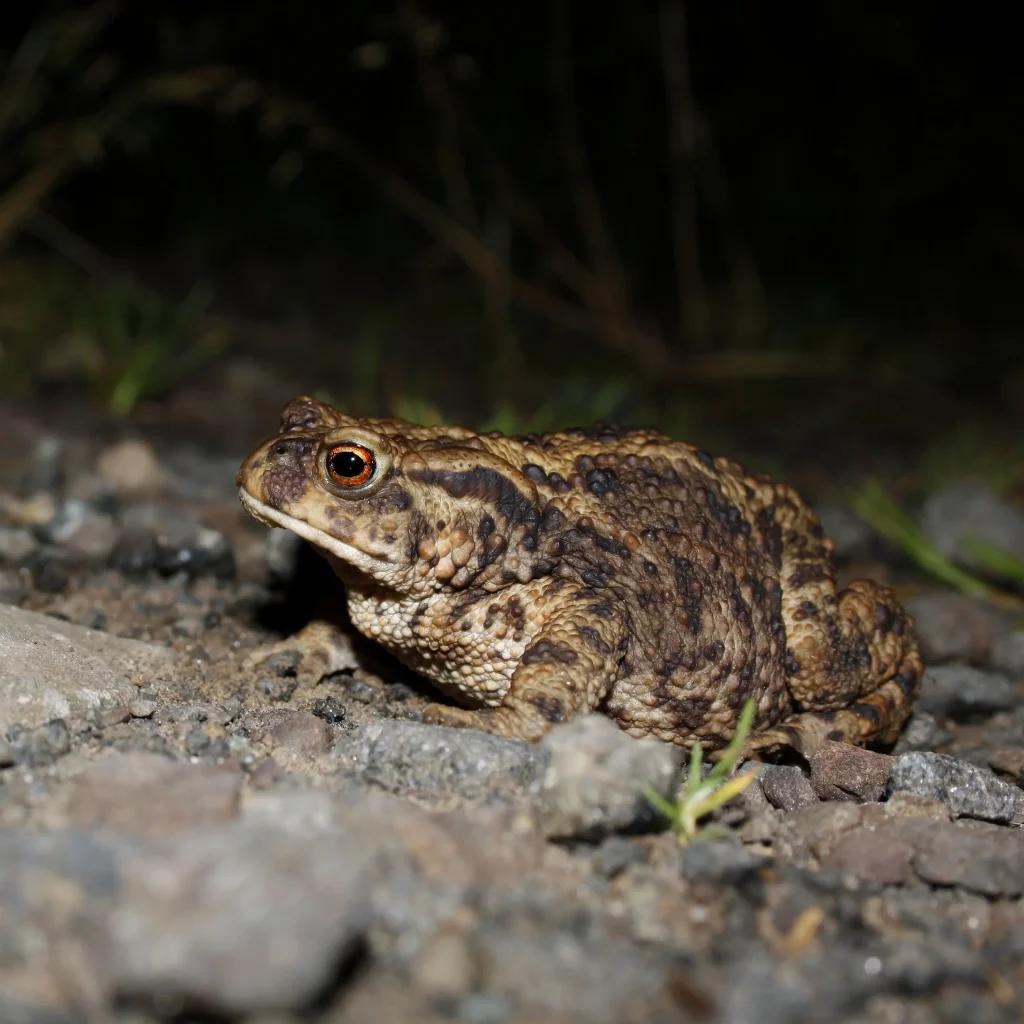Great Crested Newt Surveys
in Glasgow & Across Scotland
If your proposed development affects ponds or nearby terrestrial habitats, you may be required to complete a Great Crested Newt (GCN) survey to comply with UK legislation.
At EP Ecology, we deliver fully licensed, highly accurate GCN surveys in Glasgow, Lanarkshire, and throughout Scotland.
Our expert ecological consultants based in Blantyre provide the data and advice you need to secure planning permission and protect one of the UK’s most iconic amphibians.

Why Developers & Planners Choose EP Ecology:
Fast Turnaround: Reports delivered within ten working days of survey completion
eDNA & Traditional Survey Methods: All surveys comply with Natural England & NatureScot guidelines
Regional Experts: In-depth knowledge of Scottish GCN populations and planning conditions
Fully Licensed Ecologists: Our team holds GCN survey licences issued by NatureScot
Honest Pricing: Clear, upfront quotes with no hidden fees
Reliable Services : Trusted by Developers, Landowners & Local Authorities Across Scotland
Book Your Great Crested Newt Survey Today
Why Are Great Crested Newt Surveys Required?
Great crested newts are a European Protected Species under the Conservation (Natural Habitats, &c.) Regulations 1994. It is an offence to:
- Capture, injure, or kill a newt
- Disturb or obstruct access to a breeding or resting site
- Damage or destroy breeding ponds or terrestrial habitat
If your development site lies within 250–500 metres of a pond or in a landscape likely to support GCNs, your planning authority may insist on survey evidence before proceeding.
Failing to complete a required GCN survey can lead to planning delays, legal penalties, or even project suspension.
Our Full Range of GCN Survey Services

Environmental DNA (eDNA) Testing
Quick, non-intrusive, and highly accurate — ideal for early-stage planning.
- Collected between mid-April and late June
- Requires a single site visit per pond
- Results delivered within five to twenty days, depending on the service speed chosen
- Suitable for sites with low disturbance thresholds
Presence/Absence & Population Size Class Assessments
Mandatory when eDNA returns positive results or where higher detail is needed.
- Conducted between mid-March and mid-May with some final visits before mid-June
- Requires 4–6 nocturnal survey visits
- Involves torch surveys, bottle trapping, egg searches, and netting
- Identifies population size, breeding sites, and migration corridors


Mitigation & Licensing Support
If great crested newts are found, we’ll guide you through the mitigation and licensing process:
- Mitigation plans to protect and enhance habitats
- NatureScot development licence applications
- Creation of new ponds or refugia, as required by the protected species officers
Where We Work
EP Ecology offers Great Crested Newt surveys across central and southern Scotland, including:
- Glasgow
- Lanarkshire
- Ayrshire
- Stirling
- Edinburgh
- The Central Belt and beyond
Based in Blantyre, we’re strategically located to deliver prompt site attendance across Scotland.

Partner With EP Ecology
EP Ecology is a leading Scottish ecological consultancy, trusted by developers, architects, and planning professionals. We provide:
- Expert Guidance at Every Step – From scoping to licensing
- Clear Communication – Understand what’s required and when
- Planning Authority Familiarity – Reports tailored for Scottish LPAs
- Local Ecological Knowledge – Including pond networks and historic GCN records
Peace of Mind – Fully insured, CIEEM-registered, and committed to compliance
FAQs
Do I need a Great Crested Newt survey?
If your development is within 250–500m of a pond or includes suitable terrestrial habitat (e.g. rough grassland, hedgerows, woodland), you may need one. Always check with your LPA or speak to one of our consultants for advice.
When can GCN surveys be done?
eDNA surveys: Mid-April to late June
Presence/absence surveys: Mid-March to mid-May (minimum of 4 visits)
Population surveys: Require 6 visits between mid-May and mid-June
What happens if GCNs are found?
You’ll need a licensed mitigation plan approved by NatureScot. EP Ecology can prepare and submit this on your behalf, ensuring project continuity.
Book a Great Crested Newt Survey
in Glasgow or Scotland
